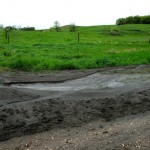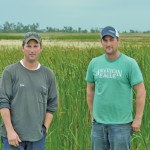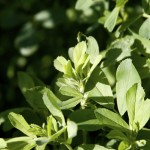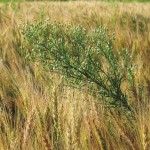
Tag Archives Tillage

Editorial: Changing how we think

Saline soils, plant growth problems linked to tillage practices
Research on saline soils underway, but at least one cause points to over-tilling

Southwestern Manitoba — semi-arid to semi-fluid
Dedicated minimum- and zero-till farmers are now dragging out tillage equipment that’s been in store for years

Agricultural Hall of Fame: Robert McNabb
Five new members of the Manitoba Agricultural Hall of Fame were inducted July 17 at a ceremony in Portage la Prairie. We’re featuring a new inductee each week

Editorial: The third option
Trials have shown adding a perennial forage to your crop rotation can be effective weed control
VIDEO: The pros and cons of vertical tillage
Conclusion? More research needed to know if it's the right choice for producers
Conservation not a hippie delusion
Small-scale farmers can implement conservation agriculture and improve soil health in developing areas, often by using a mix of science and local knowledge
Looking below the surface

Conservation agriculture gaining ground
But breaking through tradition is difficult

Many ‘little hammers’ best for organic weed control, says Maine expert
If tillage kill rate averages only 69 per cent, that still leaves plenty for next year


